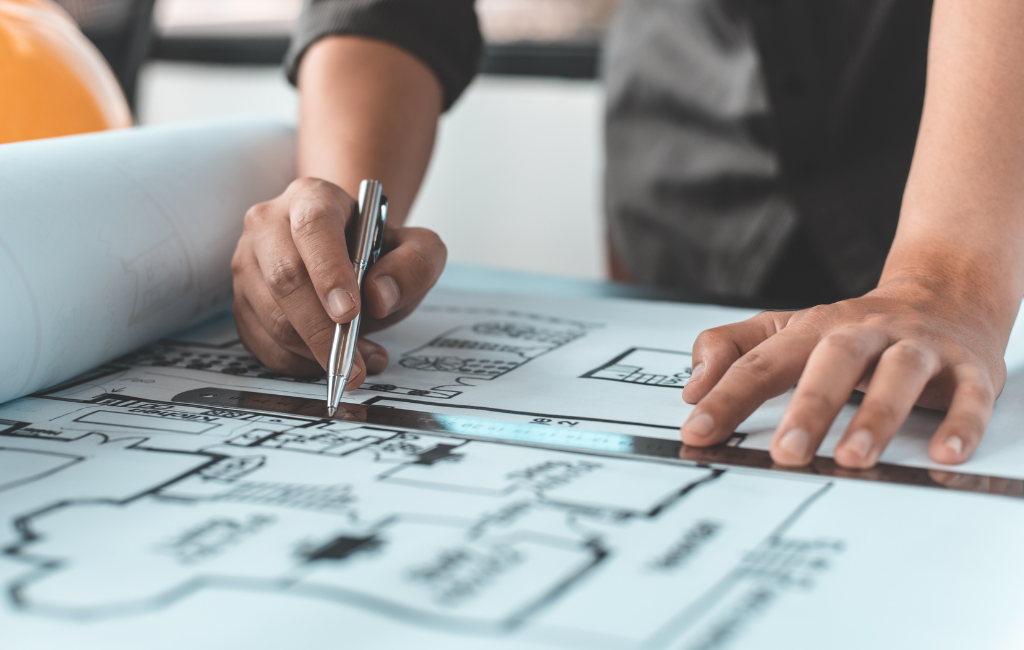Architect Design Trends: Creating Functional and Aesthetic Spaces
In the ever-evolving field of architecture, design trends are constantly shifting to meet the demands of modern living. Architects are tasked with creating spaces that are not only visually appealing but also highly functional. This article explores the latest trends in architectural design, highlighting how these trends are shaping the way we live and work.
Sustainable Design
Sustainability has become a cornerstone of modern architecture. With growing awareness of environmental issues, architects are increasingly incorporating eco-friendly materials and energy-efficient systems into their designs. This trend is not just about reducing carbon footprints but also about creating healthier living environments.
- Use of recycled and renewable materials
- Integration of solar panels and green roofs
- Implementation of rainwater harvesting systems
For instance, the Bullitt Center in Seattle is often cited as one of the greenest commercial buildings in the world. It features solar panels, a rainwater-to-potable water system, and composting toilets, making it a model for sustainable design.
Smart Homes
The rise of smart technology has revolutionized the way we interact with our living spaces. Smart homes are equipped with devices that can be controlled remotely, offering convenience and efficiency. This trend is particularly popular in urban areas where space is limited, and efficiency is paramount.
- Automated lighting and climate control systems
- Voice-activated assistants
- Smart security systems
A notable example is the Loxone Smart Home in Austria, which uses a central control system to manage lighting, heating, and security, providing a seamless living experience.
Open Floor Plans
Open floor plans have gained popularity for their ability to create a sense of spaciousness and fluidity. By eliminating unnecessary walls, these designs promote better interaction and connectivity within the home.
- Combining kitchen, dining, and living areas
- Use of large windows to bring in natural light
- Flexible spaces that can be adapted for different uses
The Farnsworth House by Ludwig Mies van der Rohe is a classic example of an open floor plan. Its minimalist design and extensive use of glass create a seamless connection between the interior and the surrounding landscape.
Biophilic Design
Biophilic design focuses on incorporating natural elements into architectural spaces. This trend is based on the idea that humans have an inherent connection to nature, and integrating natural elements can enhance well-being and productivity.
- Use of natural materials like wood and stone
- Incorporation of indoor plants and green walls
- Designing spaces with views of nature
The Amazon Spheres in Seattle are a prime example of biophilic design. These glass domes house over 40,000 plants from around the world, creating a unique workspace that fosters creativity and relaxation.
Adaptive Reuse
Adaptive reuse involves repurposing old buildings for new uses. This trend not only preserves historical architecture but also reduces the environmental impact of new construction. It is a practical solution for urban areas with limited space for new developments.
- Converting warehouses into loft apartments
- Transforming old factories into office spaces
- Repurposing churches into community centers
The High Line in New York City is a successful example of adaptive reuse. This elevated railway track was transformed into a public park, providing green space in a densely populated urban area.
Minimalist Design
Minimalism continues to be a popular trend in architecture. This design philosophy emphasizes simplicity, clean lines, and a clutter-free environment. Minimalist spaces are not only aesthetically pleasing but also promote a sense of calm and order.
- Use of neutral color palettes
- Emphasis on functional furniture
- Incorporation of ample storage solutions
The Japanese concept of “Ma,” which focuses on the balance between space and objects, is a key influence in minimalist design. The Tadao Ando-designed Church of the Light in Osaka exemplifies this approach with its simple yet powerful use of space and light.
Conclusion
Architectural design trends are continually evolving to meet the needs of modern society. From sustainable and smart homes to open floor plans and biophilic design, these trends are shaping the way we live and work. By incorporating these elements, architects are creating spaces that are not only functional but also aesthetically pleasing, enhancing our overall quality of life.
